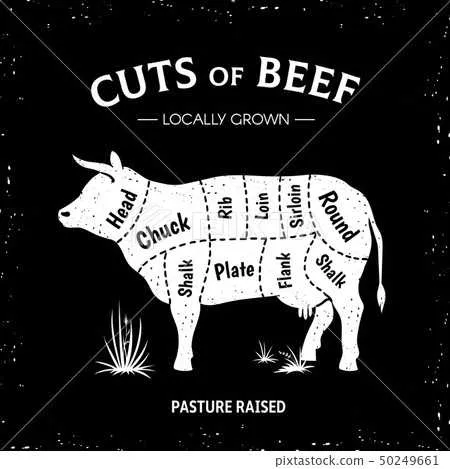
When preparing meat for different culinary uses, it’s essential to understand the various sections that determine tenderness, flavor, and cooking methods. For the most accurate cuts, ensure you’re familiar with the muscle groups and their characteristics. The most tender portions come from areas with less muscle activity, while tougher parts often require slow cooking to break down fibers effectively.
To make the best selection for your dishes, focus on the location of the muscles. Rib and loin regions offer premium cuts ideal for grilling or roasting, while cuts from the chuck or brisket are perfect for slow-cooking or braising due to their higher connective tissue content.
Additionally, understanding how different sections relate to each other within the overall structure helps in planning your approach for any recipe. If you’re working with a larger piece, breaking it down into smaller, appropriate sections will not only maximize flavor but also improve the efficiency of cooking methods and the final texture of the meat.
Beef Cuts Poster: A Detailed Overview
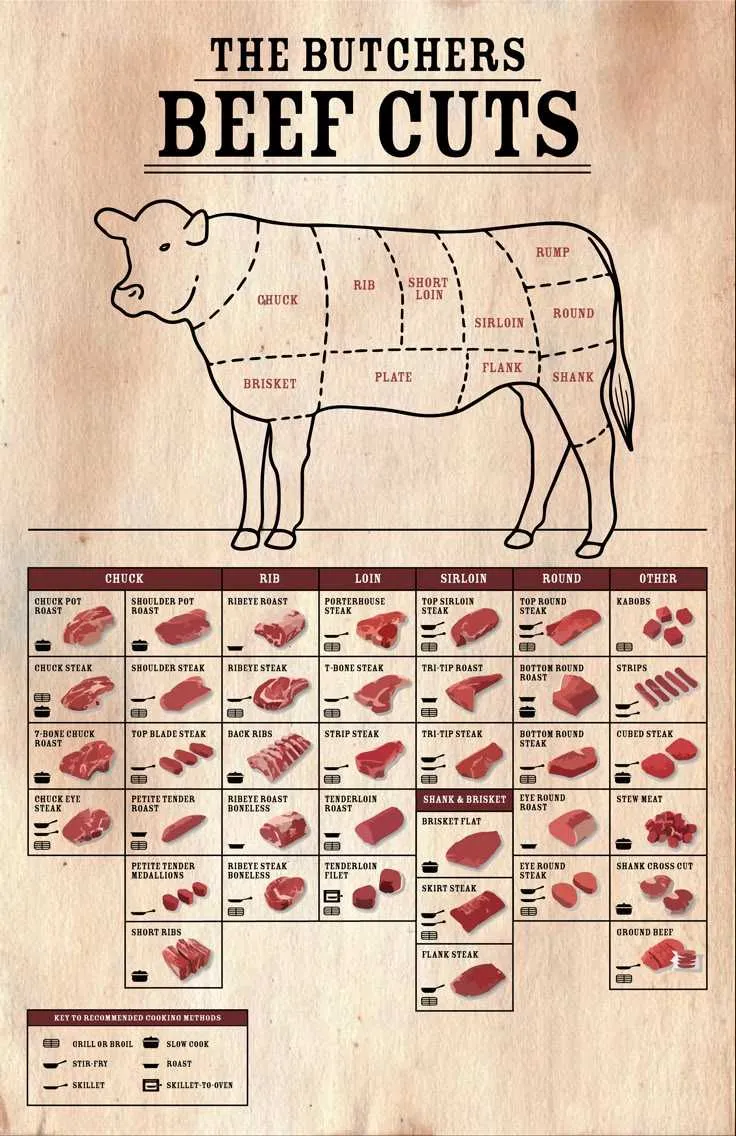
When selecting beef for cooking, understanding the different sections of the animal is crucial for optimal meal preparation. This guide helps you identify the specific portions that offer the best texture, flavor, and tenderness for various dishes.
The front section, including the neck and shoulder, provides tougher meat ideal for slow-cooking methods such as braising and stewing. These cuts are packed with flavor and work best when cooked low and slow to break down the connective tissues.
Moving to the ribs, you’ll find both rib-eye and back ribs, offering a balance of tenderness and marbling. These cuts are versatile, perfect for grilling or roasting, yielding juicy and tender pieces when cooked to the right doneness.
The loin area, specifically the short loin, is prized for cuts like T-bone and porterhouse, which feature both a tenderloin and strip steak. These are ideal for dry heat cooking methods like grilling, pan-searing, or broiling, offering a perfect combination of texture and flavor.
The sirloin section, located just behind the short loin, provides flavorful, slightly leaner options. Sirloin steaks are perfect for quick cooking methods such as grilling or pan-frying, offering a balance between tenderness and taste.
The hindquarter, including the round, offers cuts like the top round, bottom round, and eye of round. These are leaner and tougher compared to other sections, making them suitable for roasting or slow-cooking to tenderize the meat.
Understanding these sections allows for better meal planning, ensuring each cut is cooked in a way that maximizes its unique qualities. By choosing the right part of the animal for your dish, you ensure superior flavor and texture in every bite.
Understanding the Primary Meat Sections and Their Purpose in Cooking
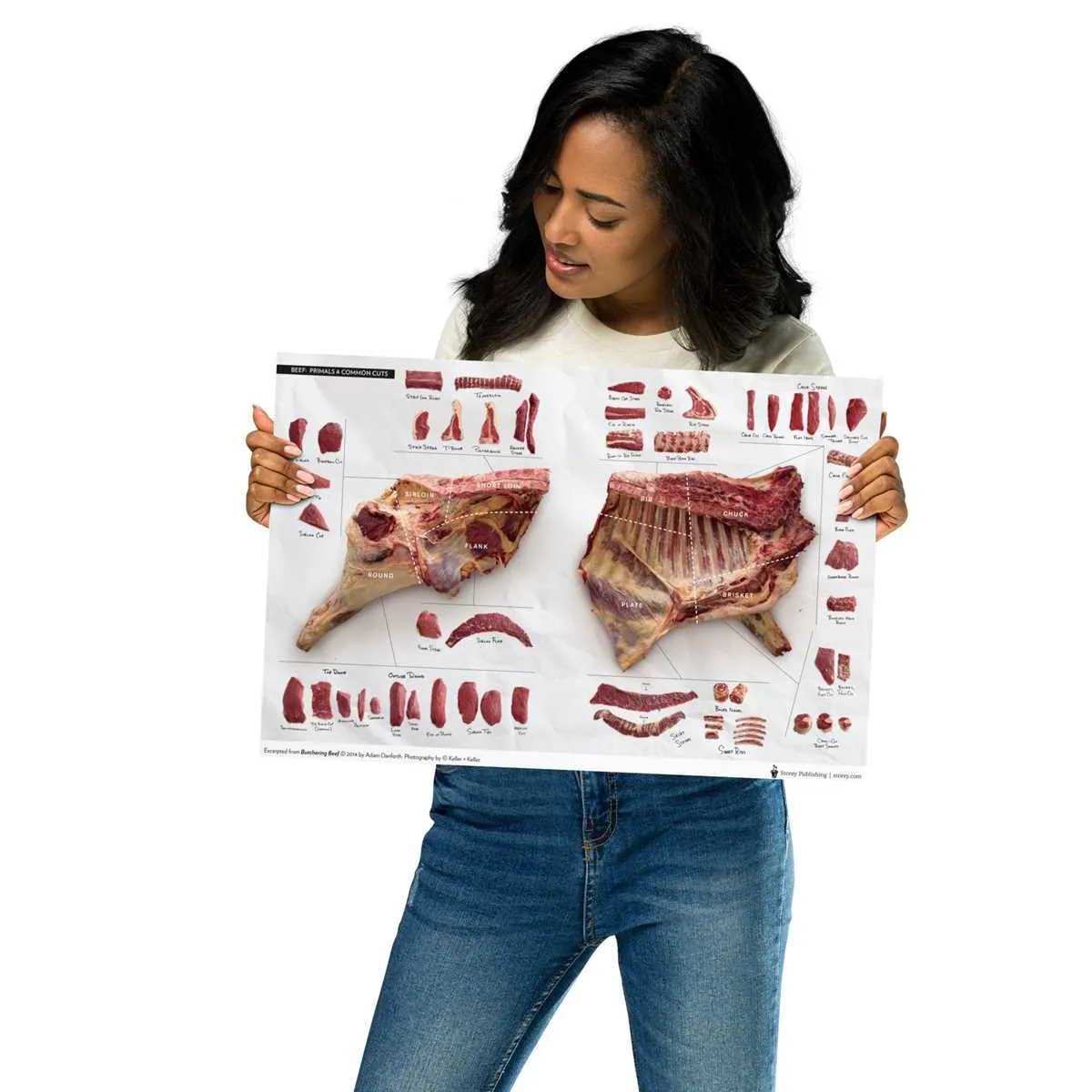
When selecting the right section of meat for a dish, it’s essential to understand the differences in texture, tenderness, and flavor. Below is a guide to the primary cuts and their ideal culinary applications.
| Section | Best Cooking Method | Recommended Use |
|---|---|---|
| Ribeye | Grilling, Pan-searing | Steaks, Roasts |
| Sirloin | Grilling, Roasting | Steaks, Skewers |
| Brisket | Slow-cooking, Smoking | Barbecue, Sandwiches |
| Chuck | Braising, Stewing | Ground Meat, Stews |
| Flank | Grilling, Stir-frying | Fajitas, Stir-fries |
| Round | Roasting, Braising | Roasts, Beef Jerky |
| Tenderloin | Grilling, Pan-searing | Filets, Steaks |
Each section offers specific characteristics that determine its suitability for various preparations. For example, tougher cuts like brisket and chuck require slow-cooking methods to break down the fibers and enhance flavor, while tender cuts like ribeye and tenderloin are perfect for quick, high-heat cooking. Knowing these distinctions ensures a successful outcome in your dishes.
How to Interpret the Meat Section Map for Different Cooking Techniques
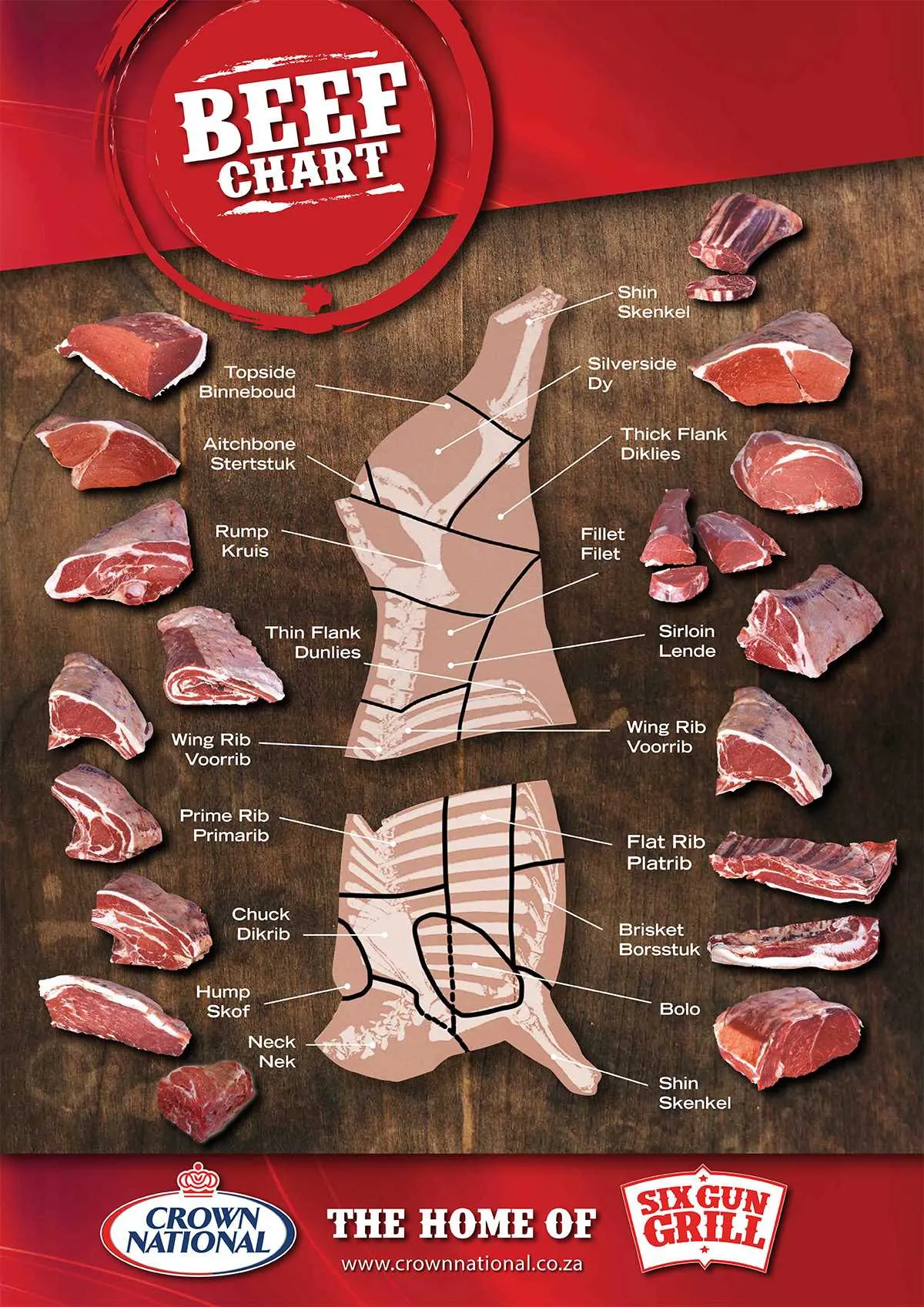
When selecting meat for grilling, opt for tougher sections with more connective tissue, like the shoulder or brisket. These are ideal for slow-cooking methods like braising or smoking, as the long cooking time breaks down the fibers, resulting in tender, flavorful dishes. Use dry heat methods such as roasting or grilling for cuts from the back, like the rib-eye or sirloin, which are naturally more tender and require less time to cook.
For quick pan-searing or stir-frying, choose leaner parts from the loin or round, which have a finer grain and cook faster while remaining juicy. These cuts benefit from high heat for a short period to maintain moisture and tenderness. For stews or soups, cuts from the chuck or brisket, rich in marbling, provide deep flavor and a melt-in-your-mouth texture after slow simmering.
If you want to achieve a crispy, caramelized exterior, cuts with a good fat cap, such as the rib section, should be roasted at a moderate temperature to allow the fat to render out slowly while creating a golden crust. Alternatively, tenderloin and fillet cuts, often cooked quickly in a skillet, benefit from being seared on high heat to lock in their natural juices.
Choosing the Right Meat Section for Your Dish: A Practical Guide
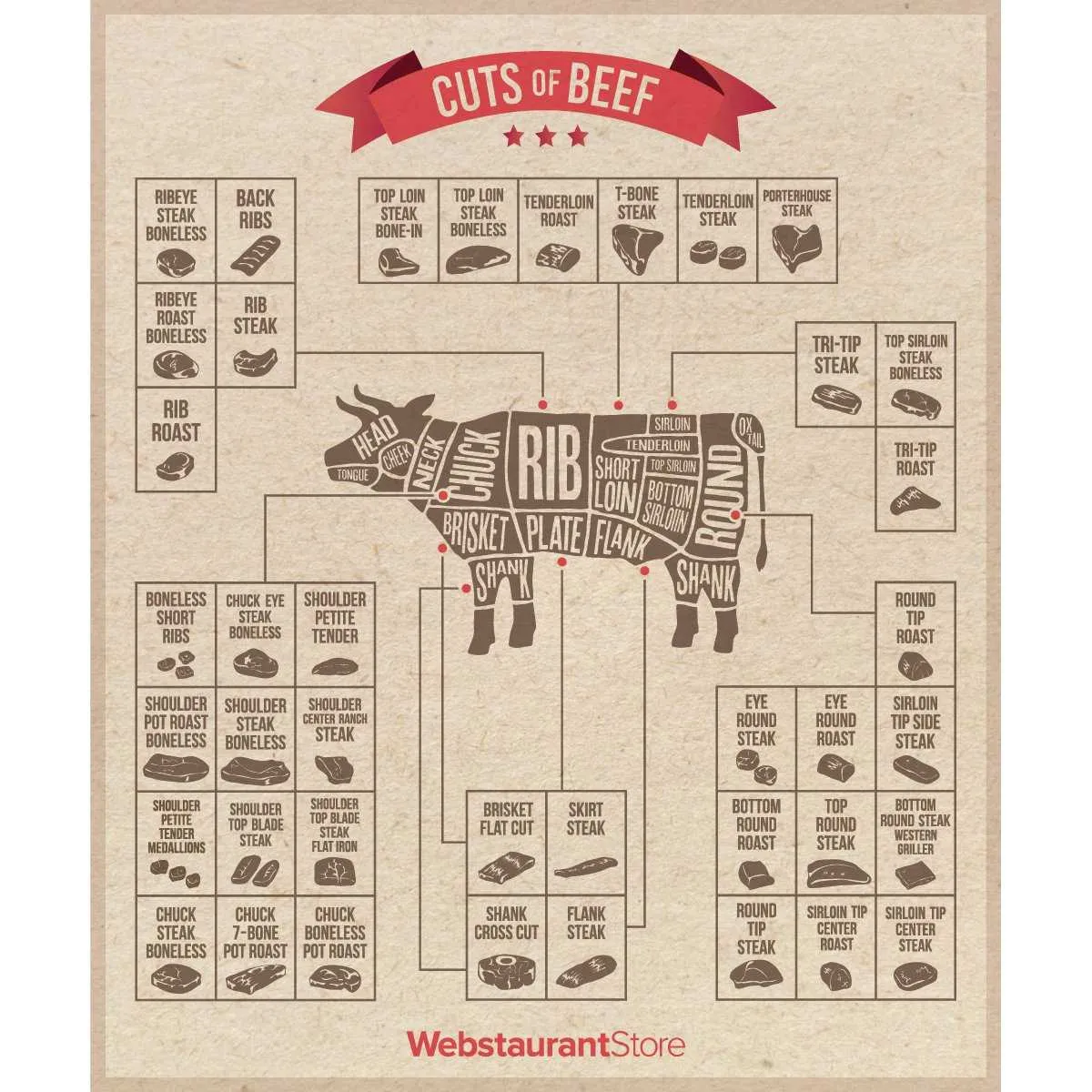
When preparing a specific dish, the choice of the right meat portion can elevate the final result. Here’s how to select the perfect cut based on your recipe:
- For Grilling or Barbecuing: Choose tender sections with marbling, such as ribeye, tenderloin, or strip steak. These cuts are flavorful and cook well over direct heat.
- For Slow-Cooking or Braising: Opt for tougher cuts that benefit from long cooking times, such as chuck, brisket, or round. These sections break down during slow cooking, becoming tender and rich in flavor.
- For Stir-Frying or Quick Cooking: Select leaner cuts like flank steak or sirloin. These pieces cook quickly and remain tender if sliced thinly against the grain.
- For Stews or Soups: Use cuts like stew meat, which can include a mix of tougher portions, as they break down nicely and add depth to the broth.
- For Roasting: Prime rib or a rump roast will provide a juicy, tender roast when cooked to the right temperature. Season generously to enhance the flavor.
- For Carpaccio or Tartar: Look for cuts that are very lean and free from sinew, such as tenderloin or sirloin. These can be served raw or lightly seared.
Make sure to also consider your preferred method of seasoning, as marbled cuts benefit from minimal seasoning to highlight their natural richness, while leaner pieces can handle more robust marinades or rubs.